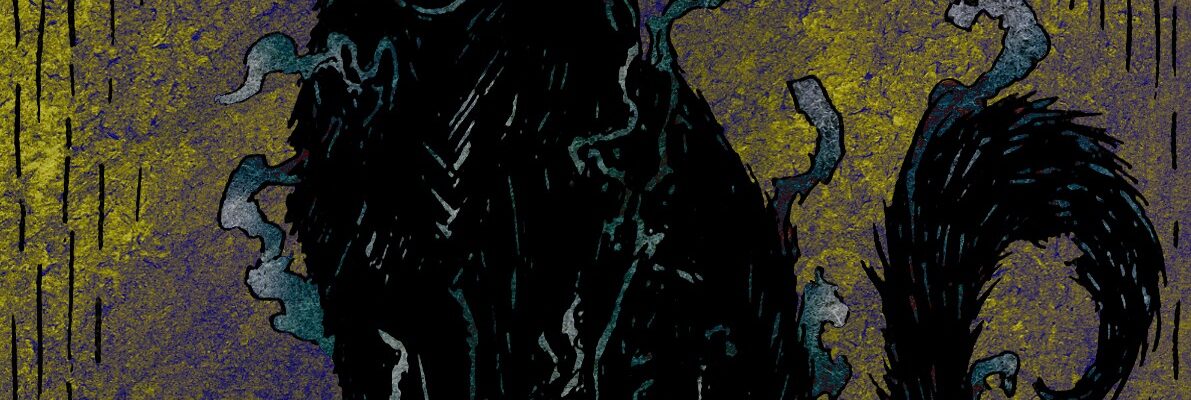In 1721 the first Hell-Fire club caused a scandal in London and quickly disbanded, but the story did not end there. Soon new blasphemous rake’s clubs were being founded all over England, Scotland and Ireland. Some of these second-generation clubs became even more infamous than the original. Did these new Hell-Fire clubs earn their reputation as satanic blights on society, or was this just more of the same aristocratic excess? Tune-in and find out how incorporeal party guests, demonic kitty-cats, and naughty Latin puns all play a role in the story.
Works Cited
Ashe, Geoffrey. The Secret History of the Hell-Fire Clubs: From Rabelais and John Dee to Anton LaVey and Timothy Leary. Bear & Company, New York, 2019.
Blacket-Ord, Mark. Hell-Fire Duke: The Life of the Duke of Wharton. Kensal Press, London, 1982.
Lord, Evelyn. The Hell-Fire Clubs: Sex, Satanism, and Secret Societies. Yale University Press, New Haven, 2008.
Lynch, Jack. Deception and Detection in Eighteenth Century Britain. Ashgate, Burlington, 2008.
Rabelais, Francois. Gargantua and Patagruel. Penguin Classics, New York, 2006.

